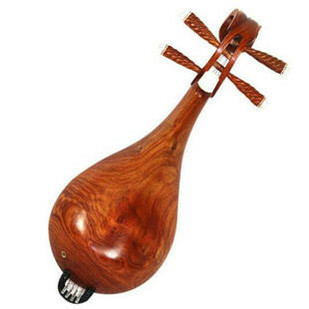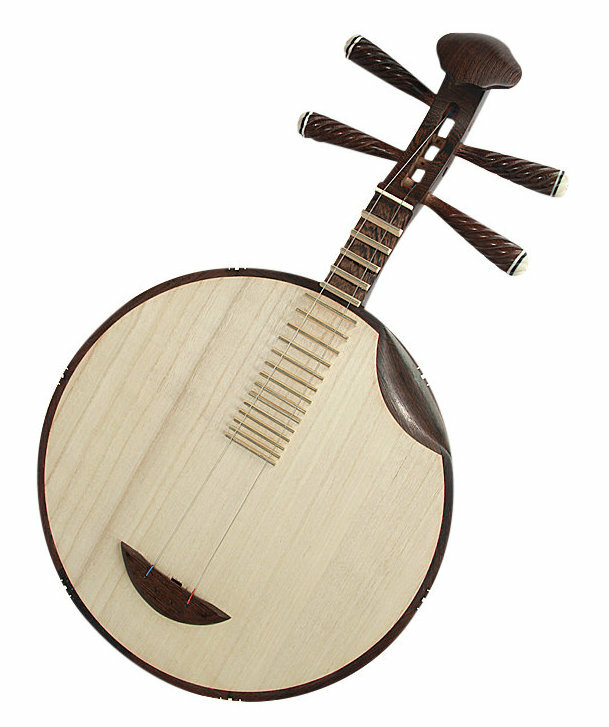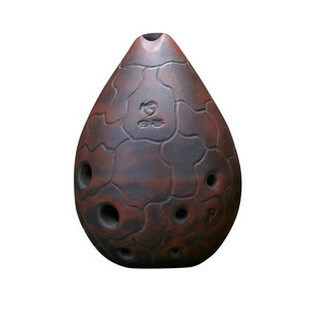28th Jul 2024
What kind of musical instrument the dizi flute is 笛子是一个什么样的乐器
In poetry, songs, and essays from ancient times to the present, the dizi flute, with its clear and melodious sound, conveys human emotions and tells the story of the vicissitudes of history. It is an indispensable presence of Chinese national musical instruments.
Dizi flute, commonly known as flute or horizontal flute, is a traditional wind instrument. The Chinese flute has strong Chinese ethnic characteristics, with an emotional and gentle pronunciation. Longyin, also known as the "sound of cleansing" in ancient times, is why the original name of the flute was "Di". Japan still retains the "Di flute", which later evolved into the current flute. Most flutes are made of bamboo, with a clear and crisp tone, a wide range of sounds, and a melodious and crisp sound. They can perform enchanting melodies and have superb expressive and infectious abilities. The flute is often used in Chinese folk music, opera, ethnic orchestras, Western symphony orchestras, and modern music, and is one of the representative instruments of the Chinese music era. The flute is currently one of the oldest representative horizontal woodwind instruments of the Han ethnic group, known as the "soul of Chinese music".
The flute and xiao are different. Although they both belong to bamboo wind instruments, they have obvious differences in many aspects. If the flute is a personal instrument, then the flute is a popular instrument with a wider audience. The flute has always been active in the folk, and it is the most beloved instrument among the people. It comes from the folk, lives in the folk, and has been actively circulated. It is the most resilient among Chinese ethnic musical instruments, and wherever people live, they will always hear the sound of flute. The character of a flute is like the bamboo used to make it, tough and upright. No matter what difficulties it encounters, it can maintain strong vitality. The flute, like its sound, is transparent, bright, and vast. In ancient times, shepherds would ride on the backs of cows and slowly walk by the village. The gentle breeze would send waves of pastoral flute sounds across the fields. The peaceful rural life would always be rendered particularly enchanting because of the sound of shepherds' flutes.
Play a cheerful song, leisurely and joyful, so leisurely and carefree. But it's hard to imagine a shepherd boy playing the flute on a cow's back, that's the difference between the flute and xiao. Playing a dizi flute, the small bamboo pipe can carry a strong national heritage and profound emotions. The melodious sound of the flute crosses the boundaries of music, caressing the hearts of modern people and remaining in the long river of time. It is a legend that records the romance and glory of famous ethnic groups for thousands of years, and has always played beautiful notes.

在古往今来的诗词歌赋中,笛子以其清脆悠扬的音色,向人们传递着人的感情,诉说历史的沧桑,是中国民族乐器不可或缺的存在。
笛,俗称笛子、横笛,传统吹奏乐器。中国笛子具有强烈的华夏民族特色,发音动情、婉转。龙吟,古人谓“荡涤之声”, 故笛子原名为“涤”,日本至今还保留有“涤笛”,后来演变成如今的笛。 笛子大多都是竹制,音色以清脆为特点,音域宽广,它的声音悠扬而清脆,能够演绎出令人陶醉的旋律,具有高超的表现能力和感染力。笛子常运用于中国民间音乐、戏曲、民族乐团、西洋交响乐团和现代音乐,是中国音乐时代代表乐器之一。笛子是目前发现的最古老的汉族代表性横吹木管乐器之一,被誉为“民乐之魂”。
笛子和箫又有所不同。它们虽然都属于竹制吹奏乐器,但在很多方面有着明显的区别。如果说箫是个人的乐器,那么笛子就是大众的乐器,受众更广。笛子一直活跃于民间,它是百姓们最喜欢听的乐器。它来自民间,生活在民间,一直活跃的流传着。它是中国民族乐器之中,生命力最顽强的,只要有人生活的地方,就总会听到笛声。 笛子的性格就如同制作它的竹子一样,坚韧且挺拔,不论遇到什么样的困境,它都能保持着旺盛的生命力。笛子又像它的声音一样,是通透的、亮丽的,也是广大的。 古时候牧童会骑在牛背上缓缓地在村边走过,清风隔着田垄送去阵阵牧笛声,清幽的田园生活总会因为有牧童的笛声,而被渲染的格外让人神往。
吹一首欢快的曲子,悠哉乐哉,何等悠闲自在。但是难以想象牧童会在牛背上吹箫,这就是笛子和箫的不同。 吹奏一曲笛子,小小竹管却能承载浓厚的民族底蕴和深厚的情怀,悠扬的笛声跨越音乐的界限,轻抚现代人的心灵,更是留存在岁月的长河中,几千年的传奇,记载着名族的浪漫和辉煌,一直奏响动听的音符。















